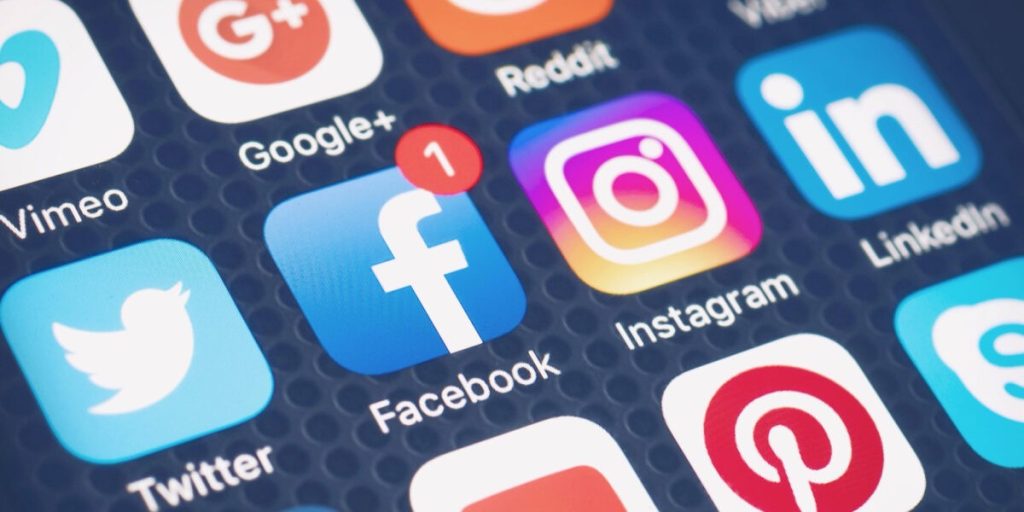Social Media Trends 2021: Live Audio and Clubhouse Marketing
Podcasts have exploded in popularity. In turn, almost every content marketing agency has explored the power of this audio-only format to engage audiences. As a next step, imagine combining an audio podcast with the conversational ability of a traditional social site, like Twitter. Enter: Clubhouse, the social media wunderkind that everyone is either talking about …
Social Media Trends 2021: Live Audio and Clubhouse Marketing Read More »








